Written by Lisa and Michael Hehenberger
We have both donated a kidney to our sister / daughter Karin, in the years 2023 and 2009, respectively. Having donated and successfully recovered, we’d like to share our experience as well as proposing ways to increase the number of “live donors”, willing to help other patients in need.
Background
Karin has struggled for many years with the dire consequences of Type I diabetes. She was diagnosed before her 17th birthday and her diagnosis affected our family in significant ways. Karin and Lisa were very close growing up, playing together, traveling, playing tennis, and sharing an active family life. Little sister Anna, being 11 years younger than Karin (and 8 years younger than Lisa), was perhaps less affected, but still experienced that the mood had changed at home. Suddenly, Karin was no longer the person whose sisters and parents Ulla and Michael considered “invincible”. The diagnosis also coincided with a move to Paris where the family spent four years, from 1989 to 1993. Karin graduated from high school in Paris in 1991 and moved to Stockholm to study medicine. In 1993, Lisa joined her to study Economics. Karin & Lisa lived together and successfully earned their respective degrees. Karin’s goal was to get a deep understanding of the molecular mechanisms responsible for Type I Diabetes. She completed her MD Ph.D. at Karolinska, Stockholm. While her parents and little sister had moved to California, the two older sisters lived together in Sweden for a few years until they went their separate ways due to work, study, and eventually start their own families. Lisa got a Ph.D. in Venture Philanthropy and is now a Professor at ESADE, a Spanish business school. Karin & Lisa stayed connected and visited each other at least once a year although they lived in different countries, in the United States and Spain, respectively.
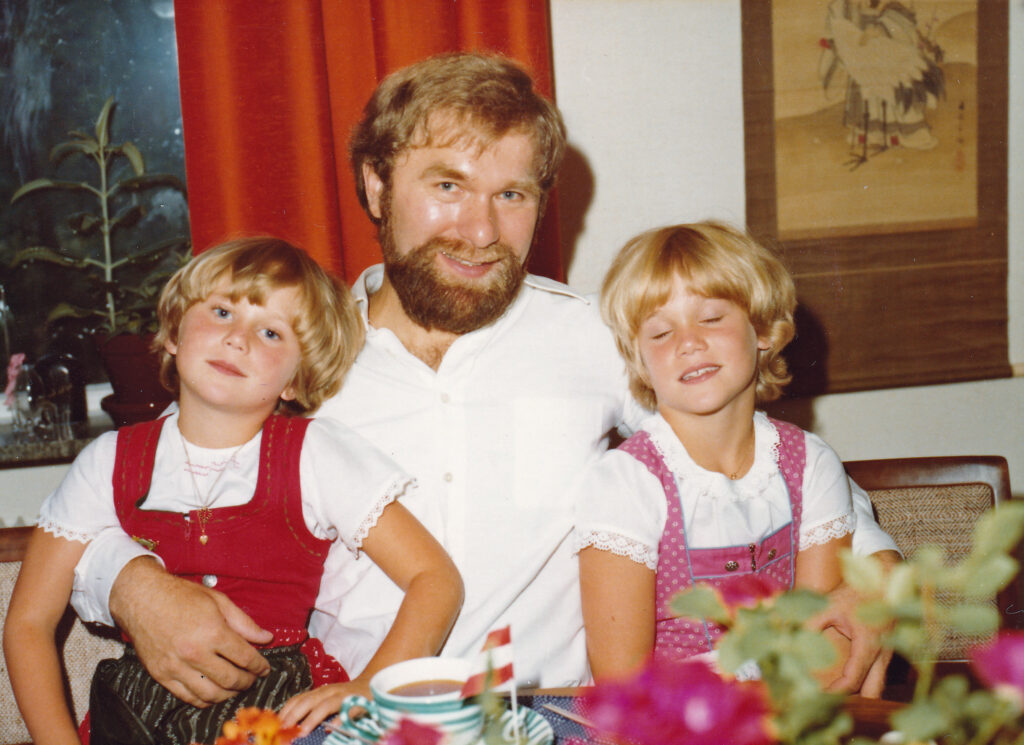
Karin’s Kidney Failure
In 2009, when Karin’s kidneys stopped functioning properly and she required dialysis or a transplant, her father Michael stepped up and volunteered to donate a kidney. Lisa was pregnant with her second child and living in Spain, but came over to New York to support the family for the surgery. Being pregnant, Lisa couldn’t be a donor but told Karin that if she ever needed a kidney again, she would be a candidate for another live donation.
Father Michael’s Donation in 2009
Being 63 years old, rigorous tests were needed to qualify father Michael for his kidney donation. As two complicated parallel surgeries are required, to extract a kidney and to transplant it into the recipient’s body, it is important to minimize all risks and to make sure the donor is healthy and that the kidney is in good enough shape to survive for many years in the recipient’s body. Two highly qualified surgeons have to team up to achieve this goal. Both patients recovered quickly. In fact, less than 2 months after his donation, father Michael participated in a hike to the Himalayan foothills at the border of India and Nepal, close to Darjeeling. As an avid runner, he measured his performance before and after his surgery: The decline in speed and endurance was about 9% about one month after surgery, not serious enough to give up his plan to see four of the world’s five highest peaks! He did the hike with four friends, all highly supportive. A highlight was his lighting of a candle in a Buddhist monastery. It was a memorable spiritual experience.

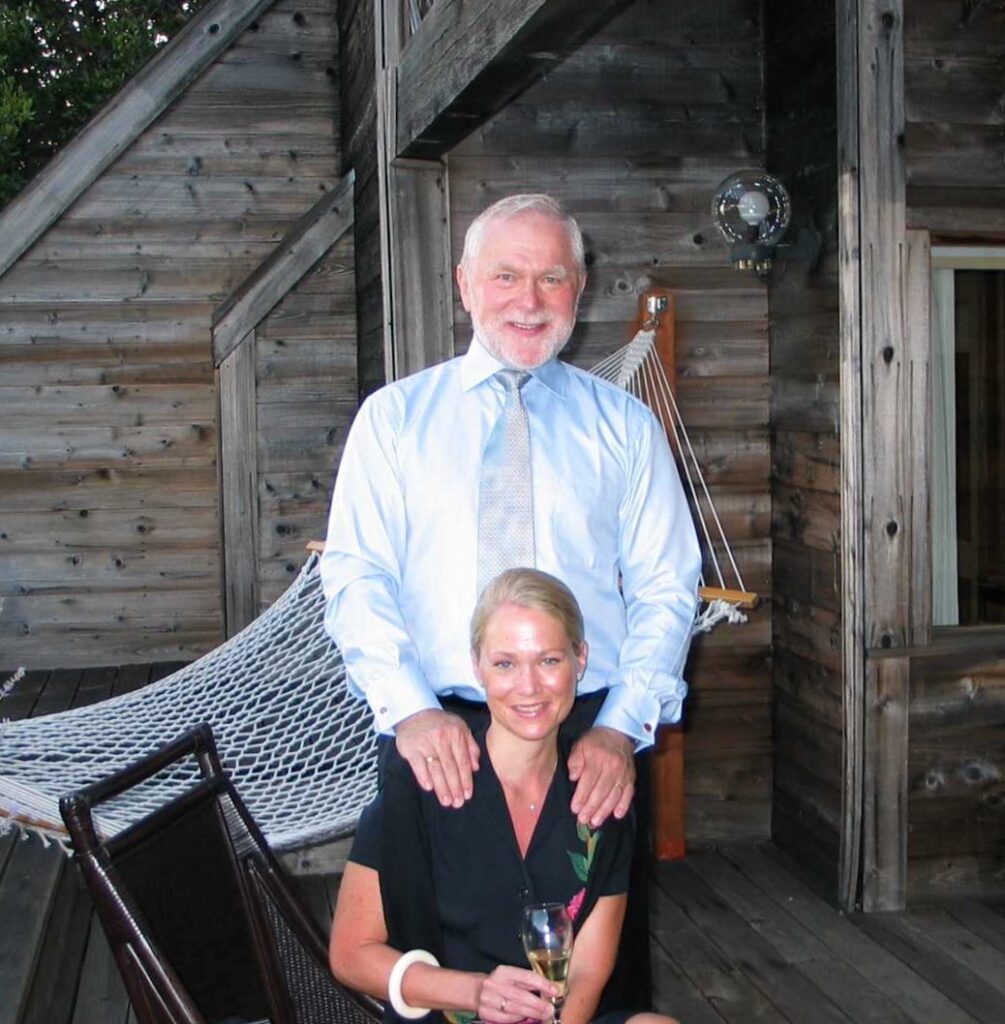
Sister Lisa’s Donation in 2023
While father Michael’s sole kidney was functioning very well, Karin’s transplanted kidney had suffered from the negative side effects caused by immunosuppressant drugs that have to be taken daily to avoid organ rejection. As a consequence, Karin was in need of a second transplant, 14 years after her first. Lisa donated a kidney to her sister in April 2023. In what follows she has tried to provide as much detail as possible so that others can understand what it felt like (although each experience will be different). Donating a kidney is not easy, but it is a unique and wonderful opportunity to save someone’s life – with relatively low risks for the donor. Lisa’s bond to her big sister has grown stronger through this shared experience, but also by the fact that Karin has a part of her sister inside her body. Donating a kidney is an act of love that generates more and stronger love. That is how Lisa feels.
Pre-Screening, Tests, Planning, and Surgery (as told by Lisa)
In 2022, Karin told me that her kidney values were alarmingly poor and that she had to start preparing for a new transplant. What I had once promised was suddenly a reality. I knew her health had deteriorated over the past years but I think I was too scared to start informing myself properly about the process. I decided to come over from Barcelona (where I live) to New York in the summer of 2022 to help Karin get through a hip replacement surgery and take care of Karin’s daughter Liv. It was also a good opportunity to undergo all the screening tests to become a donor.
At this time, I was put in touch with the kidney transplant team at Columbia Presbyterian Hospital in New York City. I was assigned a coordinator who took care of booking all my appointments and informing me of the general process. Apart from a number of blood tests, urine tests, a CT-scan, EKG and X-rays I also met with a psychiatrist, a financial advisor, a social worker, my surgeon and a nephrologist. All the tests and meetings took almost a week. It was a tiring experience but it felt important to be fully informed – and of course the hospital needed all the information about me to assess my suitability as a donor and the match with my sister. My children (then 15 and 12 years old) were worried for me and I wanted to feel confident that I could provide them with all the information they needed so that I could reassure them.
The first meetings were with the coordinator, social worker, financial advisor and psychiatrist. They asked a lot of questions about my motivation for donating a kidney, informed me about the risks and wanted to understand if I was mentally stable and fit to be a donor. They highlighted the potential health problems that could result from the surgery in the short term and from complications over time, as well as financial risks if I would lose income as a consequence. They wanted to make sure that no one had pressured me into becoming a donor. I was not fully prepared for all these negative aspects and I felt quite down after these meetings. The meetings with the surgeon and the nephrologist were much more positive. They explained how being a donor of course involves risks, but that most donors live long and healthy lives. They also explained how I was an ideal donor because of my healthy lifestyle, my health condition and my age (47). By the time you reach my age most people have developed habits and routines that normally are life-lasting. Seemingly healthy younger donors might still change and become smokers, alcoholics, etc. I felt more confident about the donation after these meetings. I also spoke to my dad about his experience and to another kidney donor who had donated her kidney to a stranger. I am in awe of people who decide to donate a kidney to someone they don’t know.
I also had an interesting conversation with a Jesuit priest who I consider to be a wise man and who has counseled me before. I told him about how I worried about my children. He said two things that stayed with me and were important in the process: He said that donating a kidney may involve risks but it is also an incredible opportunity to do good, to save my sister’s life. He also said that doing this act of kindness and generosity would be a wonderful example for my children. As a parent one tries to be a role model – by donating a kidney I could demonstrate my love for my sister and this could help bring my children closer together too. I think I was already convinced to go ahead with the donation, but this conversation and the subsequent reflection really changed my attitude towards the donation from sacrifice to gratitude.
A few weeks after the tests (in September 2022) we received the green light that the donation could proceed. We were a good match and I had fulfilled the necessary screening conditions. I would need to stay in the United States for a month for the procedure as I needed to be there at least a week before for additional tests and then at least two weeks after the surgery to heal and not to risk blood clots on the plane. Karin and I discussed potential timings considering her recovery from the hip replacement and my work schedule (I am a professor at a business school) and the children’s school holidays.
In February 2023, we finally were able to plan the transplant for April 2023. I had to prepare everything at home, cancel a class I was teaching and prepare the logistics at home so that the children would be well taken care of. I am divorced with full custody and my ex-husband agreed to be responsible for the children during my absence. Unfortunately, my son had surgery on his ankle in March so when I left him, he was still recovering from that.
I arrived in New York at the beginning of April and my sister was in very poor shape. She was admitted to hospital and had started dialysis. I wondered if we had waited too long. I had some additional blood and urine tests to do during the first few days. I caught a slight cold during those first days and it turned out to be COVID! I had avoided COVID during the pandemic so it felt like very unfortunate timing. My parents also got sick and we were confined in their house for a few days. We had to postpone the surgery another week to allow me to test negative. On the positive side, my sister was getting dialysis every other day and was starting to feel stronger.
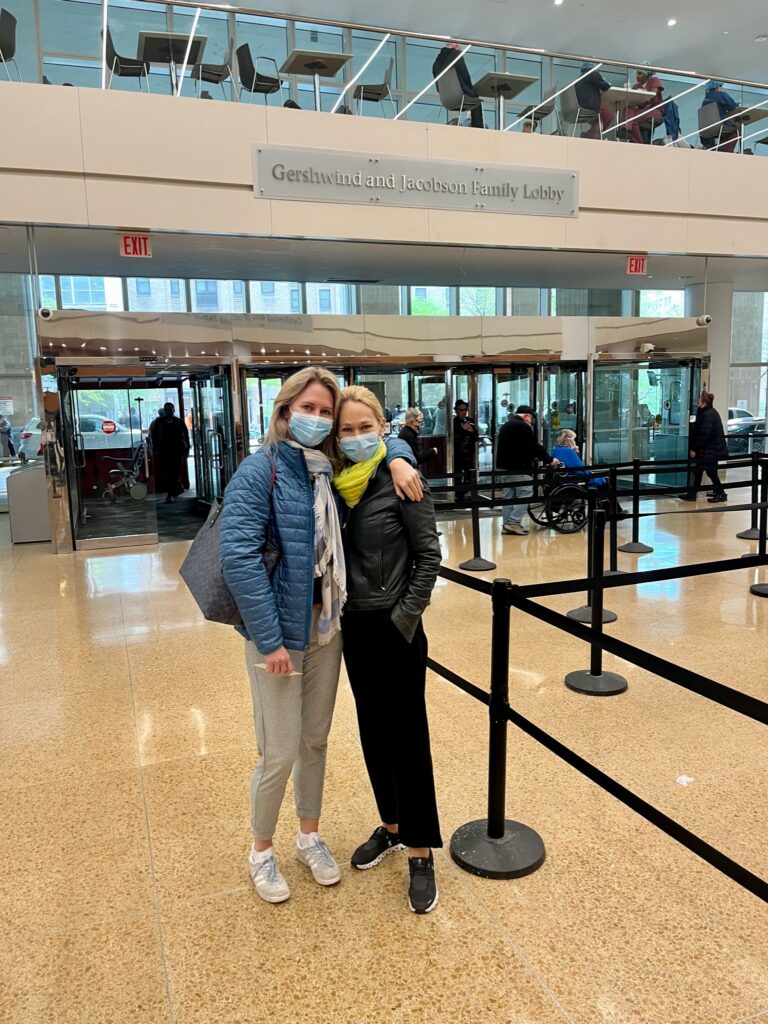
When the date of the transplant finally arrived, we were all eager to put it behind us, but also worried. The psychiatrist had told me that I needed to separate the act of donating the kidney from the outcome (that the kidney would work for my sister). I found this difficult to do. My parents drove us to the hospital early in the morning and we were all nervous in anticipation of the event. I imagine that it must have been tough for my parents to send two of their (three) daughters off to surgery at the same time. At the hospital we registered and waited in the waiting hall. I was called first and went to the pre-operatory room with my dad. The nurses prepared me by taking my vitals and asking many questions. The surgeon and the anesthesiologists also stopped by to explain the procedure and prepare me. I then went to the operating room and I don’t remember anything else. I woke up about four hours later in the recovery room. The nurse told me that the first thing I said was: “Now I only have one kidney!”. As I was waking up, Dr. Mark Hardy who had founded the Columbia Presbyterian transplant unit, came to check on me. He told me that the kidney was already working for my sister – on the operating table! I was so happy I started crying and he cried too. It was a beautiful moment.
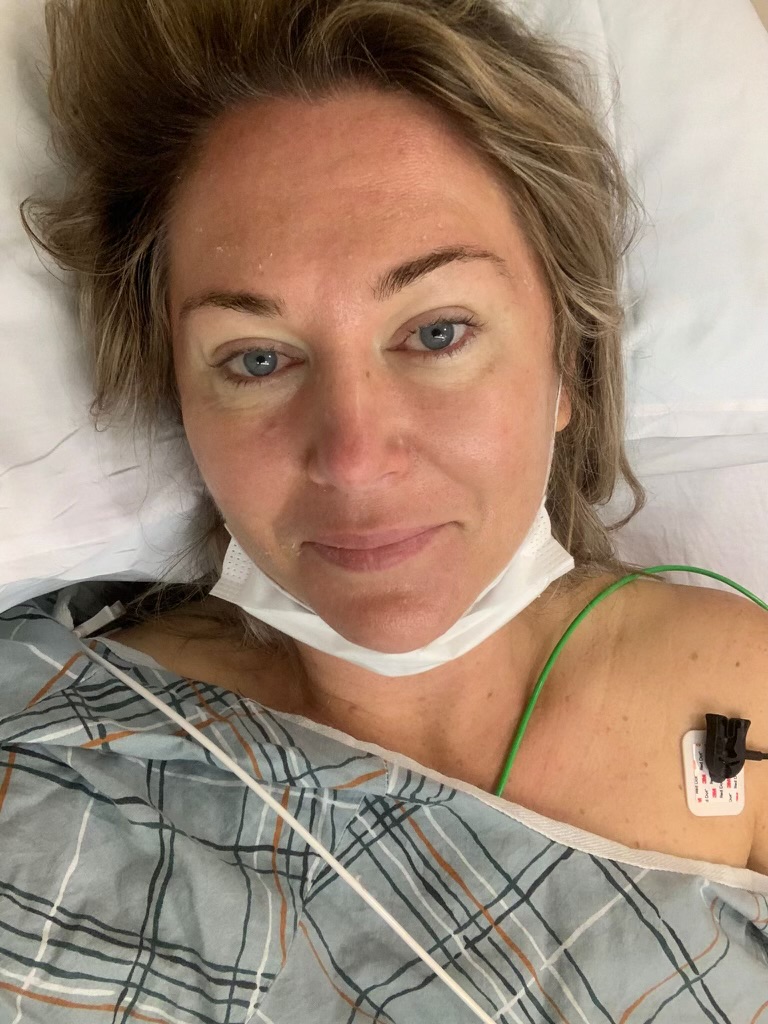
A few hours later I was sent up to my hospital room and my parents came to see me. I was tired but happy and did not experience pain yet. The day after was the worst – I had intense pain in my left shoulder and my stomach was bloated and full of gas. I felt terrible. It helped to start walking around and when they removed my catheter after 24 hours, I was more mobile. My sister and I were able to see each other and hang out. As we both felt better, we ended up having a positive bonding experience in hospital. The hospital staff was truly remarkable. The nurse team (especially nurse Annie) was very attentive and I felt totally cared for. I must admit I was a bit scared of leaving hospital and having to manage everything on my own. There was a comfort in the hospital routines and even the controlled food. When my dad picked me up from hospital on the third day I cried in the car and couldn’t stop crying when I came back to my parents’ house. Maybe it was just the relief that it was over.
Recovery Period
The surgery was laparoscopic meaning that the incision is small (just big enough to remove the kidney) with three other small incisions for the instruments they insert. They blow up your belly with gas so that they can operate without making a bigger cut. This means that it takes a while afterwards for all the gas to go away. It helps to walk around. I understood that the procedure also causes the lungs to compress which is why I found it difficult to breathe for at least a couple of weeks after the surgery. The shoulder pain was also due to the procedure. However, the advantage is that the surgical healing is faster.
After the surgery of course the donor feels much worse than before the surgery – while the transplant patient generally feels much better than before. Karin had a lot of energy and Lisa had very little. This may sound strange but makes sense since the donor has lost a kidney while the recipient has gained one. Walking a little more each day is very helpful. It helps to have a device that tracks your steps to keep your motivation going. Later, at home, the sisters had a pleasant recovery period at Karin’s house with her daughter Liv. It felt important to share the experience and to support each other. The sisters also received support from their parents. It helped to stay closely connected with family at home and speaking to them every day. Younger sister Anna also came to visit during the recovery, along with her baby boy Freddie. Supportive messages and calls from friends were helpful.
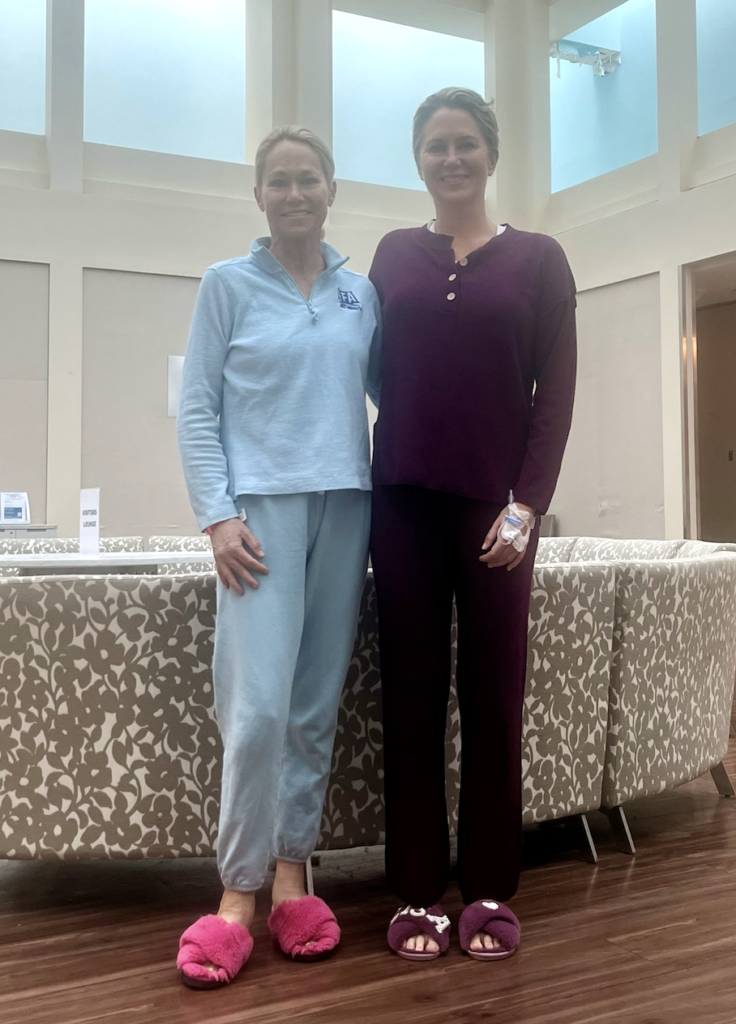
Once back home in Barcelona Lisa felt tired but also euphoric about the experience. She could walk around and felt like crying out of joy: Lisa felt grateful that everything went well and it somehow made her appreciate her loved ones and everything around her. Then it was tough to get back into a work routine as there was a pile of things to get on with, with somehow limited energy levels. In addition, the children also needed extra attention and care. The first two months went by in a haze and Lisa hardly had time to catch her breath. However, after two months, everything was starting to feel normal again. Lisa is back into her exercise routine. As her father, she measured her performance before and after the kidney donation: after a drop of about 10%, it took her 9 months to get back to her pre-op fitness level. Her renal parameters are also coming back to levels almost as strong as before.
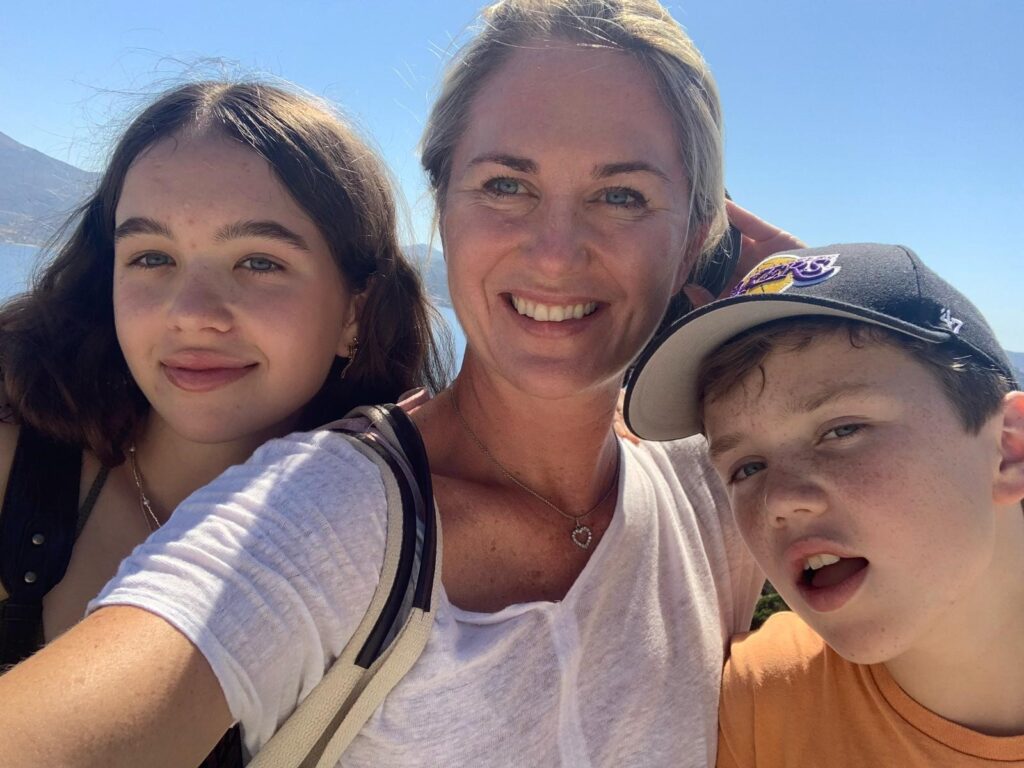
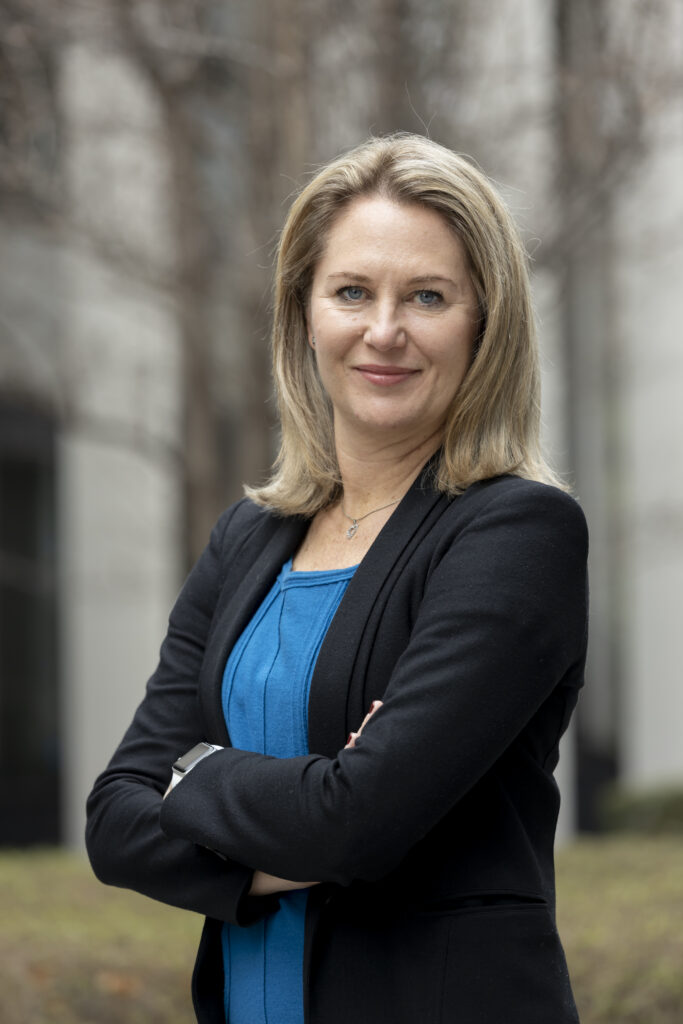
Final Words About Kidney Donations
Donating a kidney is a big decision, but ultimately an incredibly positive experience. Both Michael and Lisa felt good about their donations. They have recovered nicely and do not experience a diminished quality of life. By sharing their respective stories, they hope that their experience will be helpful for others who are considering a donation. Donating a kidney to a family member should not be a very difficult decision: the Pros dominate the Cons.
Donating a kidney altruistically, to a stranger, is a much bigger deal. We believe that society should consider some kind of compensation for such an act, to increase the number of live donors. There are important ethical arguments that are made in such situations, but the benefits for society should outweigh arguments against. If financial compensations are unacceptable, there may be other ways to reward donors, perhaps by means of free healthcare benefits and free life insurance. Since survival rates are statistically unchanged after donation of a kidney, a free life insurance as guaranteed by government should not be an extra burden to other tax payers. Still, it would reassure donors.
As to deceased donors, Spain seems to have created a system that should be emulated by other countries. Kidneys received from live donors will be generally healthier and have a better chance to last a long time, but, compared to dialysis, organs from deceased donors are still a better choice.